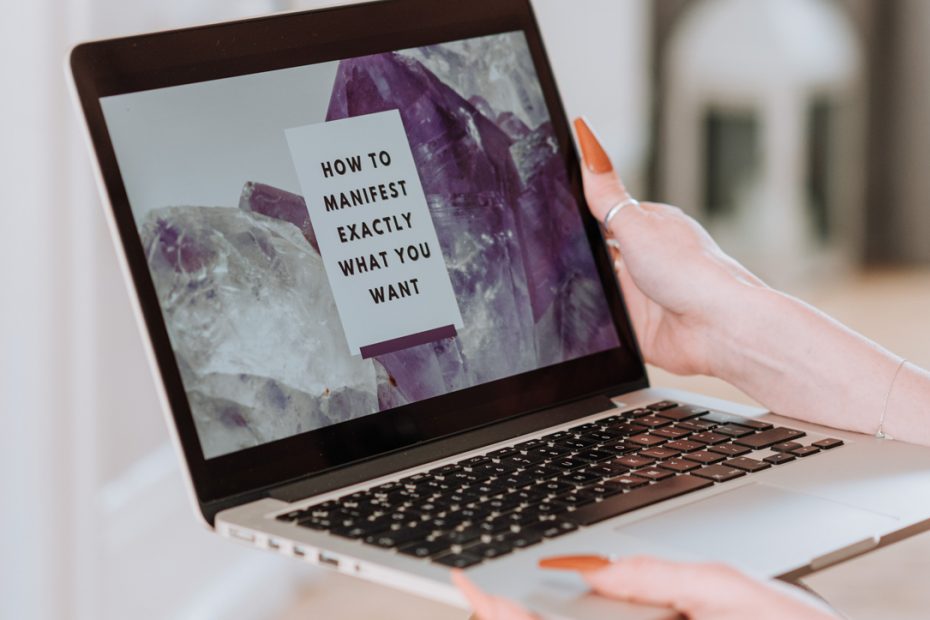“He who has a why to live for can bear almost any how.”
― Friedrich Nietzsche
During World War II, Viennese psychiatrist Victor Frankl was held captive in several Nazi death camps. During this time he was able to view other prisoners and determine if someone was able to survive their experience or not based on whether they had a why to live. After the war, he went on to develop the third Viennese school of psychiatry, known as Logotherapy. (I actually do his experience a disservice in this short introduction. Please read, Man’s Search for Meaning by Frankl. It is a fascinating read.)
Part of his discussion in Logotherapy is the existential vacuum. This vacuum, to paraphrase Frankl, is created by us living an unsatisfying life and knowing we are unsatisfied, and wanting a better life, but not knowing how to transverse the vacuum to that better life. Frankl refers to this as an emptiness or inner void.
How does it come about?
Well, from my experience and those of my clients, I have seen the vacuum manifest through a feeling a meaninglessness. In other words, a feeling of achieving nothing in life, and not sure how to achieve anything–or something–in life.
Add to that feeling, the current COVID-19 environment and lock downs where we cannot go pretty much anywhere; or do anything meaningful. The we are going to fall into this vacuum and feel hopeless.
So how do we avoid the vacuum, or if you have fallen in, how do you get out?
Remember, there is a light at the end of the tunnel. There is, will be, and always has been a future. It may not come as quickly as we may like due to the current circumstances in our lives; but it is there. Do NOT lose sight of this. That is rule number 1.
The next rule (for want of a better word) is to remain focussed in the present. Stay focussed on the things that you can control. Make your bed every morning. Exercise to the best of your ability. Stay in touch with those who are close to you, and who make you feel good. Limit your exposure to negative influences; the media, news, negative people etc.
Next, plan for the future. I always challenge clients–and myself–to plan for the future. Often, I get them to plan for 1, 3, and 5 years ahead. However, in the current environment it may be prudent to focus on 6, 12, and 18 months. In doing this, write out what you would like to achieve in that time. Use the SMART goals approach. That is:
- Specific – be clear on what you want to achieve.
- Measurable – make sure that whatever goal you set, it measurable. In other words, we can measure your progress.
- Achievable – make your goals achievable. For example, in the current environment, it would not be achievable to plan an overseas trip.
- Realistic – as with achievable, your goal must be realistic. For example, it would not be realistic of me to say I want to run a marathon–it’s not going to happen ?.
- Time-based – by breaking your goals into small time-based chunks allows you to achieve things in small steps. This also allows you to gain and maintain traction to get out of the vacuum.
So, now you understand why you might feel flat and depressed, and how to get out traction in your life.
If you need help to do this, then reach out and we can work together to achieve your goals.

